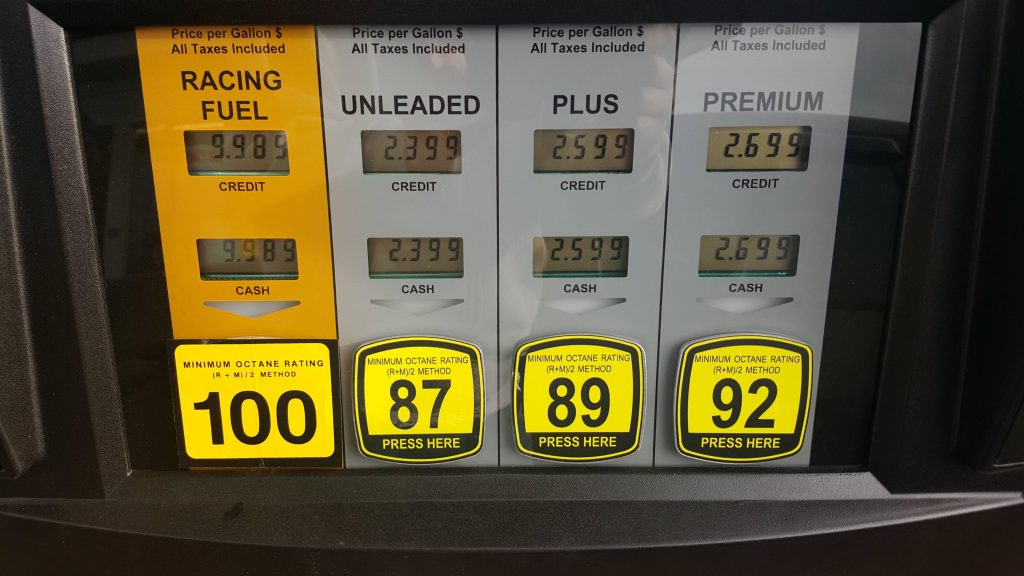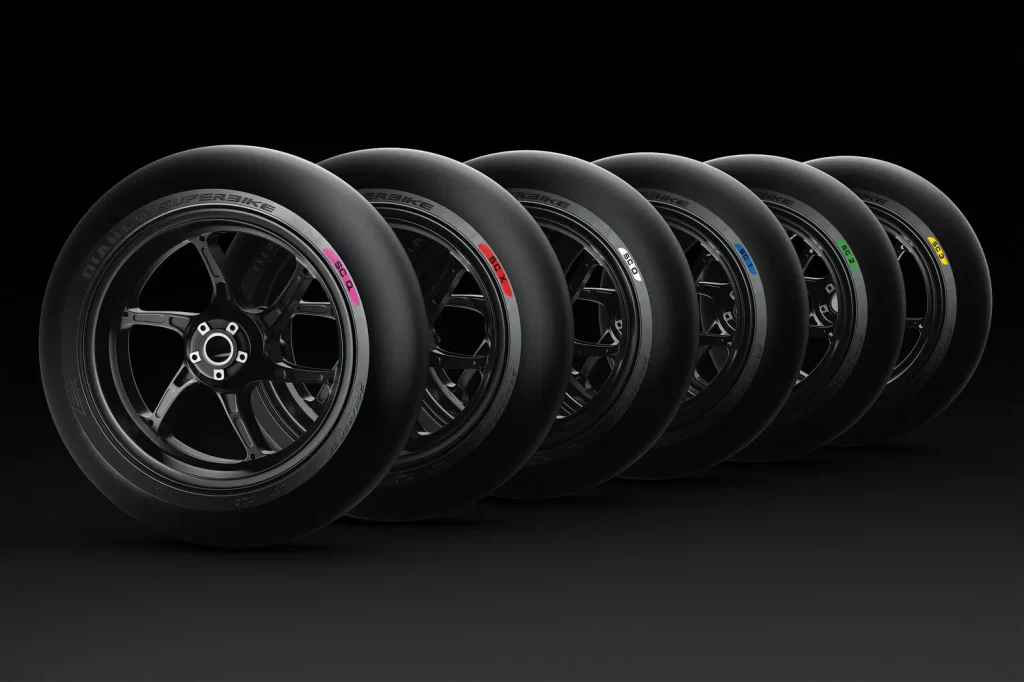-
We’ve covered on how a fuel’s octane rating affects your engine.
-
Now we explore on how its octane rating is actually determined.
-
Truth is, there are many ratings being used but Malaysia only publishes the RON rating.
We’ve covered on what petrol octane means and what it helps with in yesterday’s article. (Please click on the link below to read more.)
To reiterate, the higher a fuel’s octane rating, the more it resists self-ignition when it’s being compressed in the ignition chamber. Self-ignition or more correctly known as pre-igntion caused engine knock which could destroy the engine in a matter of minutes.
But how is the octane number derived and how is the octane increased? It surely isn’t an arbitrary number picked out of the sky, right?
The name “octane” is actually one of a family of hydrocarbons (HC) resulting from the refinery process of crude oil. When the crude is “cracked” (broken down into different types of substances), different lengths of hydrocarbon chains are were produced. These are then separated and blended to form different fuels, such as methane, propane, butane, among others.
Methane consists of a single carbon atom. Propane has three carbon atoms chained together. Butane has four, pentane with five, hexane with six, heptane has seven and octane has eight carbon atoms.
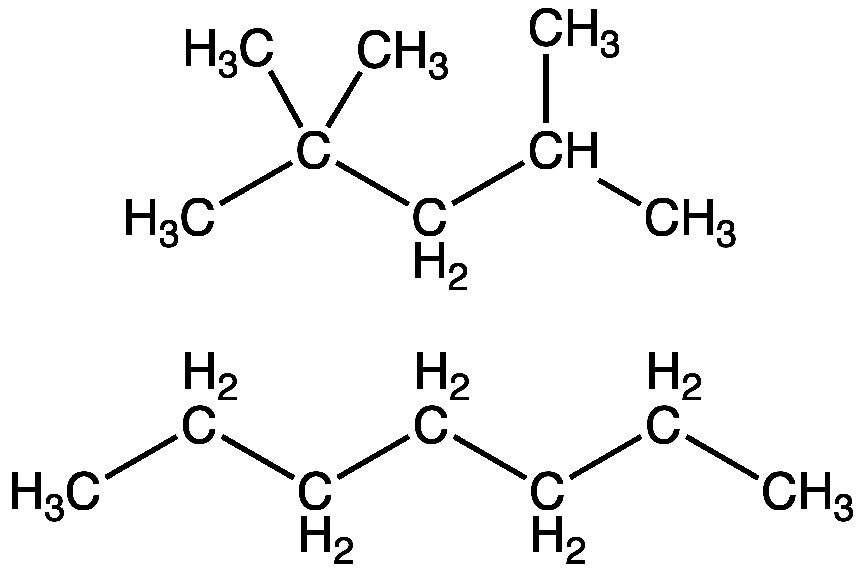
Octane is a family of colourless liquids that boil at approximately 125 oC. A member of the octane family, 2,4,4-trimethyl pentane which we now call “iso-octane” is used a reference standard to determine the tendency of gasoline or LPG to resist self-ignition.
A test engine is used to measure the octane rating, by comparing to a mixture of iso-octane and heptane. The mixture of the two types of HCs by volume is the octane number of the fuel, i.e. 95% iso-octane and 5% heptane means 95 octane.
The test engine, known as a Cooperative Fuel Research engine is a specialist single-cylinder with a bore and stroke of 82.5 mm and 114.3 mm respectively which equates to 612 cc, with a variable compression ratio from 4:1 to 18:1. The piston has four compression rings and one oil control ring. Both the head and cylinder are one piece and can be moved up and down to obtain the desired compression. It has a four-bowl carburettor, allowing for quick switching between the reference fuel and samples.
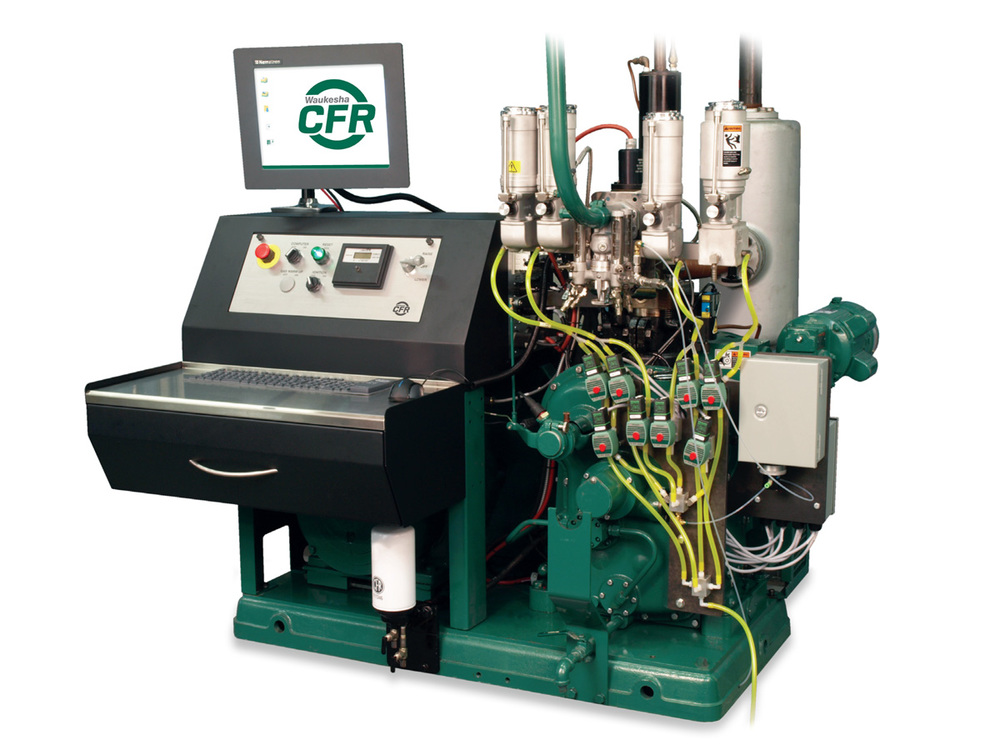
Knock is detected by using a magnetorestrictive sensor in the combustion chamber and measured on a “knockmeter.” A complete system costs in the regions of USD 200,000 and is made by only one specialist Waukesha Engine Division of the Dresser Industries in Wisconsin, USA.
This is how it works. The CFR engine is turned at 600 RPM and technician will test the sample fuel corresponding to the iso-octane/heptane mixture’s knock resistance properties. The octane rating called RON (Research Octane Number) is produced, it’s tested in a controlled environment.
However, if we go on further, a certain rating doesn’t mean the gasoline has only the corresponding mixture of iso-octane and heptane, as fuels commonly contain other HCs and additives. Because of this, as some fuels are more knock-resistant than pure iso-octane, the RON could go above 100.
Racing fuels, avgas (aviation gasoline), LPG and alcohol based fuels such as methanol may have octane ratings higher than 100. Octane boosters such as additives include MTBE, ETBE, iso-octane and toulene. Tetraethyllead or more commonly known as just “lead” was once used widely as an additive, but has since been banned as lead is poisonous to the environment and humans.
There are however, other fuel octane ratings, one of those called Motor Octane Number. Testing is similar to that for the RON rating. However, the engine is run at 900 RPM, the fuel is pre-heated, engine is run at higher speeds and ignition timing varied to determine the fuel’s knock resistance. Depending on the fuel’s composition it’s MON rating may be between 8 to 12 octane lower than RON, although there isn’t a direct link between the two.
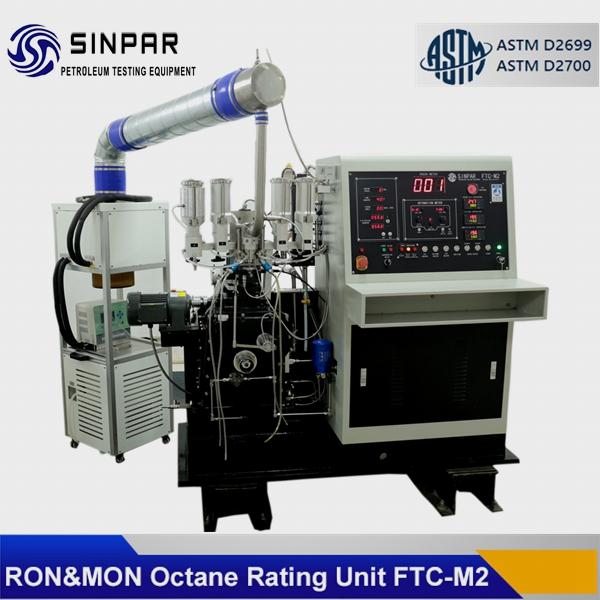
Because of RON and MON ratings, certain countries require petroleum companies to specify the Anti-Knock Index (AKI) or more commonly, (R+M)/2. The United States and Canada are among some countries who specify this rating on the pumps. It’s also called Posted Octane Number (PON) (which is sometimes mistakenly called “Pump Octane Number”).
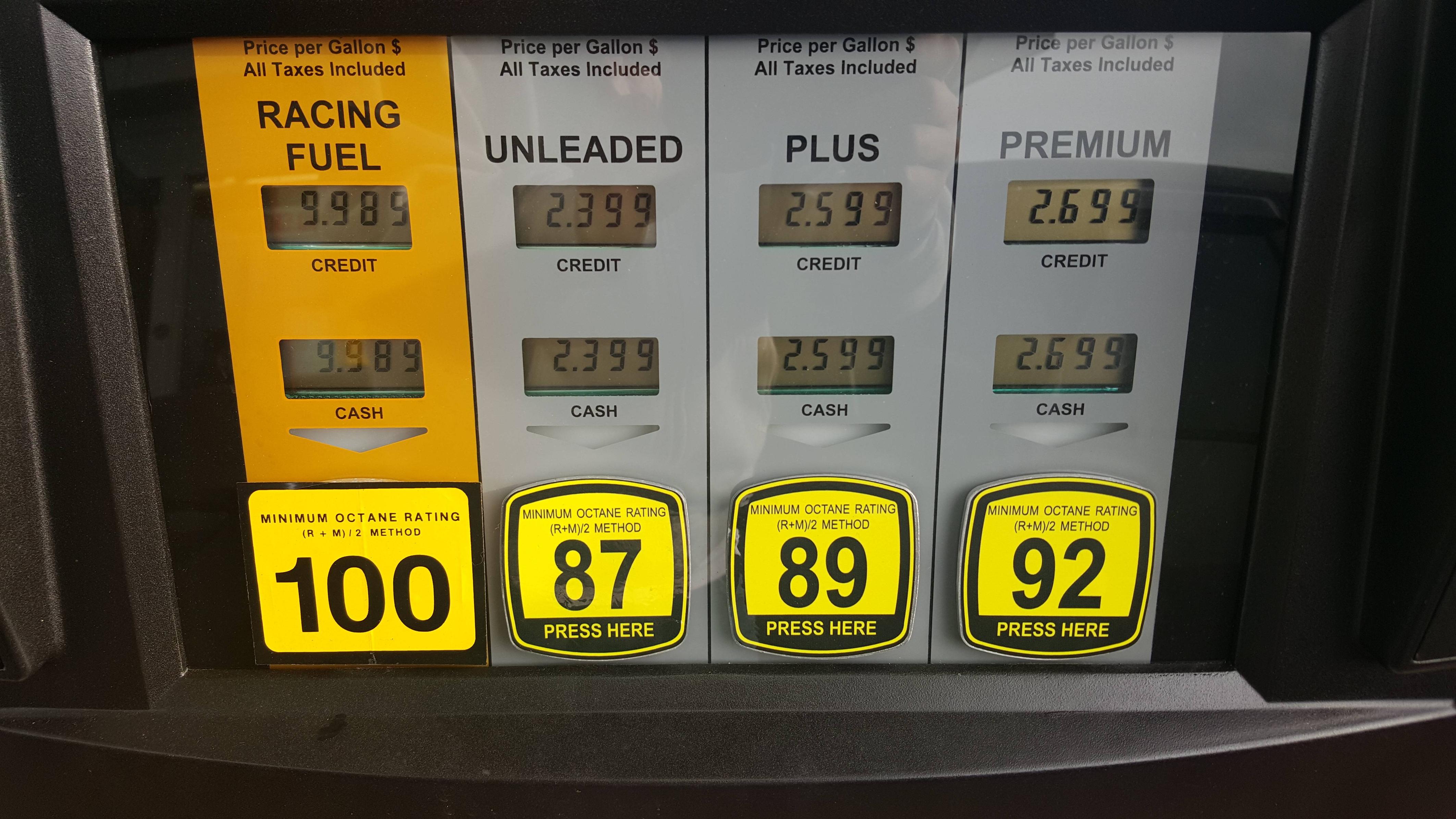
There is also Observed Road Octane Number (RdON) which is produced from testing petrols in real-world multi-cylinder engines at full throttle. First developed in the 1920s, it’s still reliable until today. As you may have envisioned, early testing was performed on cars on the road. As digital and other technologies advanced further, testing has moved onto dynanometers in environmental controlled quarters for consistency.

